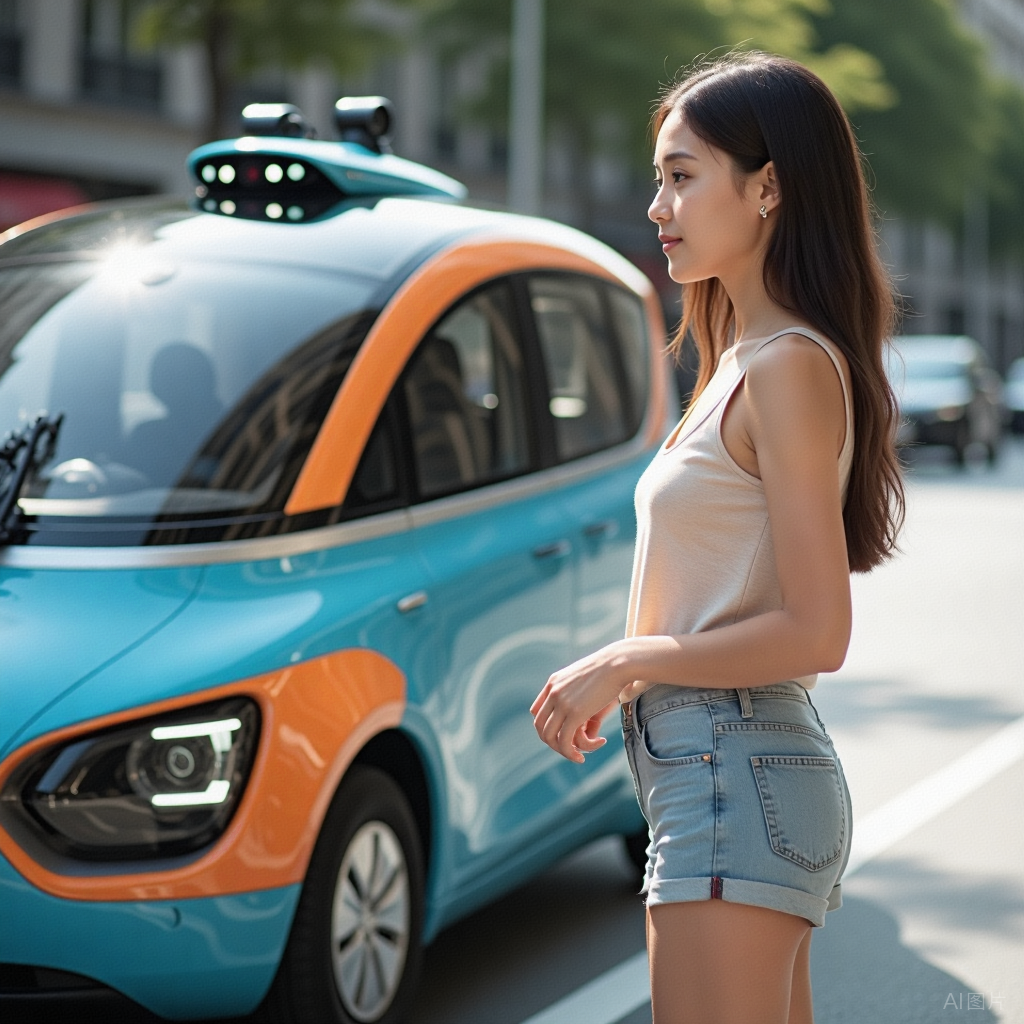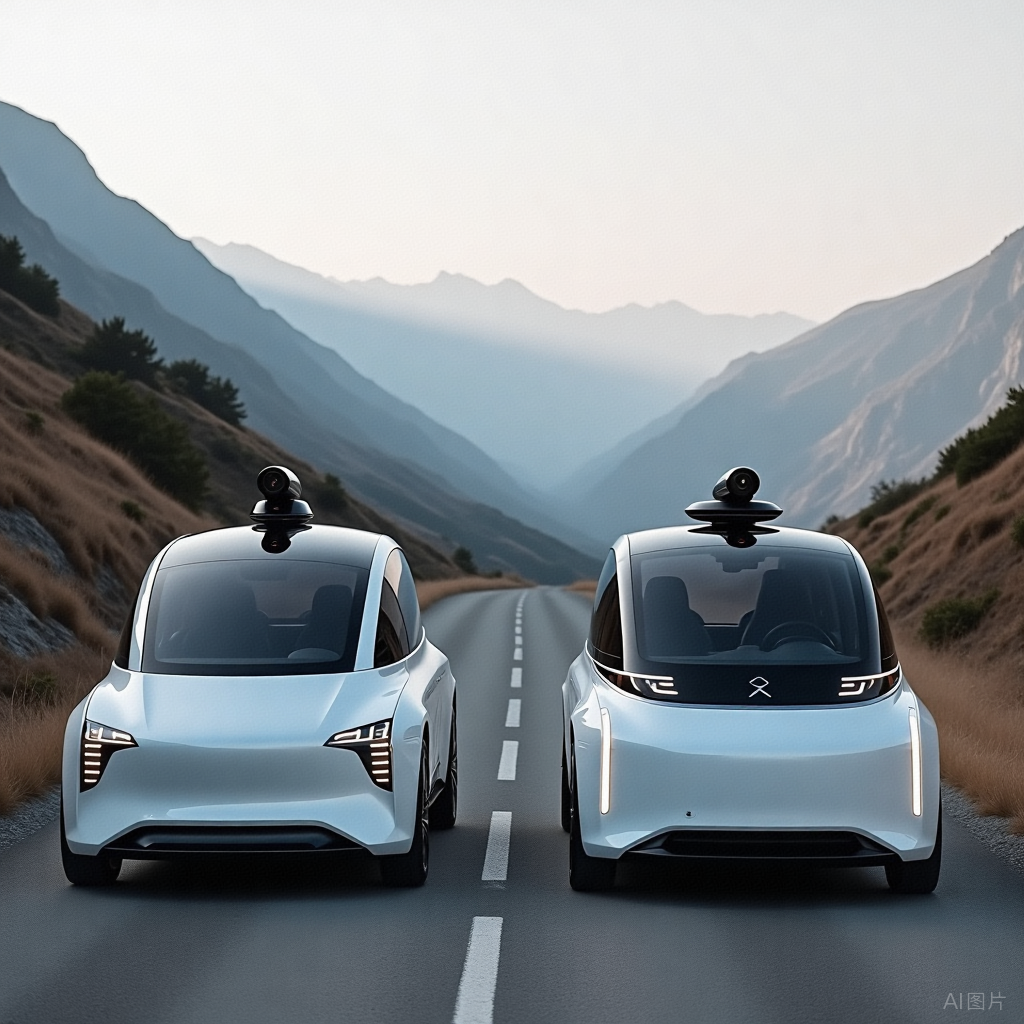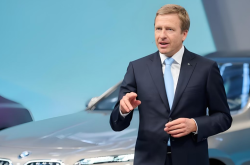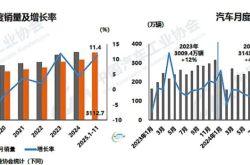L2 and L4: Two Unique Flowers in Autonomous Driving, Each Radiating Its Own Charm
![]() 01/23 2025
01/23 2025
![]() 429
429
Introduction
The autonomous driving revolution is upon us, ushering in a transformative era of transportation. In 2024, the dual phenomenon of L2 assisted driving and L4 self-driving highlights the diverse pathways and market dynamics shaping the future of this technology. While L2 surges ahead in market adoption, L4 accelerates its journey towards commercialization. Both developments not only drive technological innovation but also profoundly impact the automotive industry. Let's delve into this landscape with the "Driverless Cars Are Coming" public account! (For related reading, please click: "The US Strikes Again! A Comprehensive Ban on Chinese Autonomous Vehicles, What's Behind It?")

I. L2: The Market Trailblazer, L4: The Aspirational Pioneer
On the autonomous driving trajectory, L2 assisted driving strides ahead like a child learning to walk, steadily jogging towards widespread use.
Unlike L4, which aims for the pinnacle of self-driving, L2 embraces a pragmatic, cost-effective approach.
At its core, L2 emphasizes "assistance"; the driver remains in control, but the system assists in specific driving tasks, lightening the load.
Conversely, L4, akin to an infant still learning to walk, aspires to achieve true self-driving but faces a challenging path.
It may seem that L2 and L4 have reversed roles, but this is simply a reflection of their distinct developmental stages.
Lou Tiancheng, CTO of Pony.ai, and Hou Cong, CTO of QCraft, concur that the foundational approaches of L2 and L4 differ fundamentally, and L2's progressive path does not directly lead to L4.
L2 prioritizes cost reduction while ensuring safety, broadening access to assisted driving convenience.
L4, however, is unwavering in its commitment to safety, striving for a stringent standard of 10,000 hours without incident.
This distinction mirrors the difference between home-cooked meals and a Michelin three-star restaurant—one prioritizes affordability and convenience, the other excellence and perfection.
II. L2's Supply Chain Revolution, Benefiting L4
Despite their divergent technical paths, L2's popularity unexpectedly reshapes L4's hardware costs.
For L4 Robotaxi to become as ubiquitous as L2, hardware costs pose a significant hurdle.
LiDAR, the "eyes" of autonomous driving, exemplifies this shift. Previously astronomical, its price has plummeted due to L2's large-scale adoption.
Hesai Technology's AT128 LiDAR, once costing tens of thousands of dollars, now retails for under 3,200 yuan per unit, with projections for another halving by 2025, entering the thousand-yuan era.

This transformation stems from the scale effect driven by L2's widespread application.
While L4's shipments are limited, it leverages this momentum, enjoying reduced hardware costs.
L2 pioneers the way, and L4 follows, reaping the supply chain's benefits.
III. Robotaxi: A Model of Collaborative Innovation
If L2 is a solo act, L4 is an ensemble performance.
The evolution of Robotaxi hinges on the synergy of "automakers + autonomous driving companies + platform providers," supported by policy to ensure smooth operation.
Automakers craft safe, reliable vehicles, autonomous driving firms provide software and hardware solutions, and platform providers manage operations and services, ultimately realizing commercial value.
This orchestration resembles a well-choreographed symphony, with each part indispensable.
Baidu's Luobo Kuaipao, now operational in Wuhan, epitomizes this model. Behind it stands Baidu Apollo's technology, with vehicles from automakers and platforms handling operations.
Most autonomous driving operators adopt this B2C model, profiting from operational price differences.
Tesla, however, adopts a C2C ride-sharing model, where car owners contribute vehicles, and the platform facilitates entry points and earns commissions.
This model, akin to an upgraded ride-hailing platform, expands participation in autonomous driving commercialization.
Regardless of the model, deep collaboration among autonomous driving firms, taxi companies, ride-hailing platforms, and map companies is crucial.
Pony.ai's partnership with Gaode Maps showcases this, enabling users to hail Pony.ai's autonomous service via Gaode, enjoying technology's convenience.
IV. The Policy Spring, Nurturing Autonomous Driving
Autonomous driving's growth is policy-driven.
From Shenzhen's pioneering intelligent connected vehicle regulations, over 50 Chinese cities have issued local guidelines, providing legal foundations for autonomous driving.
Cities like Beijing, Guangzhou, and Shenzhen lead the charge.
Beijing has designated a 60-square-kilometer area for Robotaxi testing and operations, with Pony.ai and Baidu Apollo obtaining "driverless in the main position" commercial permits.
Guangzhou, one of China's first cities to issue remote testing permits, hosts "fully driverless" road tests by Pony.ai and WeRide.
Policy's nurturing greenfields give L4 self-driving development added confidence.
While challenges persist, policy support brings autonomous driving's future within reach.
V. Epilogue: Appreciating Each Other's Beauty
Today, L2 and L4 occupy distinct industrial niches.
Cost-driven L2 rapidly iterates, broadening assisted driving access.
Safety-focused L4 pursues the ultimate self-driving experience.
Despite their differing paths, both contribute to autonomous driving's evolution.
Like unique flowers in a garden, L2 and L4 bloom with their own radiance, each beautiful in its own right.
With intelligent driving parity and Robotaxi vehicles set to surge by 2025, these two flowers will manifest in diverse forms, co-authoring autonomous driving's bright future.
In summary, "Driverless Cars Are Coming" believes that in this era of rapid technological advancement, L2 and L4 each radiate their own charm, safeguarding L3's swift implementation and propelling high-level autonomous driving's comprehensive evolution!
Let's anticipate L2 and L4 advancing together, scripting a new chapter in autonomous driving!
Dear readers, what are your thoughts?





